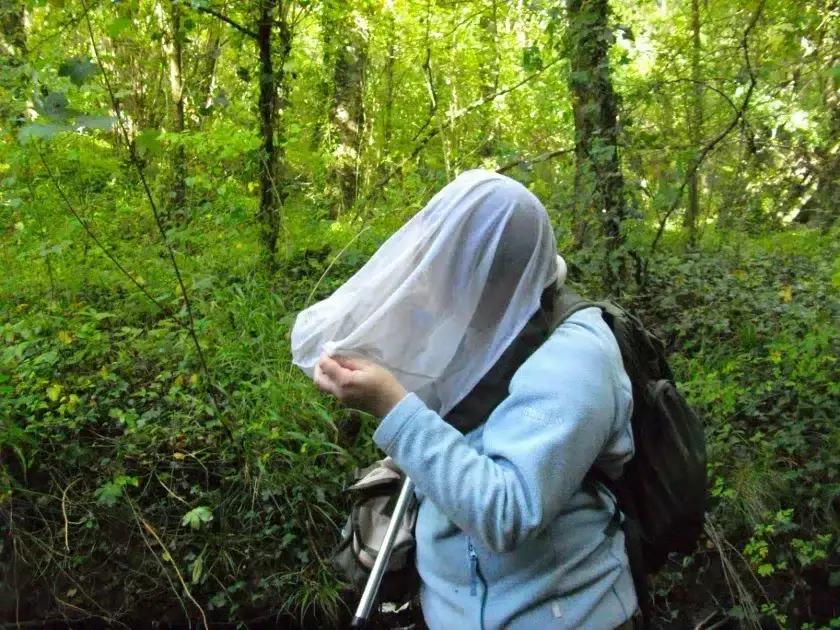Get involved with the Nature Park's first biodiversity survey

Count the pollinators in your grounds and contribute to scientific research.
Catch up on a webinar all about the Pollinator Count here.
What is the Nature Park's first biodiversity survey?
The Nature Park's first biodiversity survey is the Pollinator Count — a timed count of the insects that visit flowers at your site. It’s the first survey we are launching to find out what biodiversity the Nature Park supports.
Completing the Pollinator Count helps you understand the current value of your site for pollinators, and provides a baseline that you can compare to in the future once you’ve made some changes to boost biodiversity. The Pollinator Count will show you how many and what types of insects are visiting your site to forage for food, and which types of plants are most important for different insect groups.
You are contributing to real scientific research
I'm a wildlife researcher at the Natural History Museum, and I'll be looking at the results to see what they indicate about the current importance of the whole Nature Park for pollinators. Insect pollinators like bees, flies, butterflies, and beetles are crucial for our environment. Without pollinators, many of our favourite foods like apples, strawberries, and tomatoes, wouldn't exist! Pollinators are also important for pollinating wild plants and are generally an indicator of how healthy an environment is.
We know some pollinator populations, like bees and butterflies, are declining because of habitat loss, pesticides, and climate change. However, most research has been done in farmland and gardens; we know much less about pollinator populations in schools, colleges, and nurseries. Together, we can find out how valuable these areas are for pollinators now, providing a baseline to compare in the future when actions have been taken to improve spaces in schools, colleges and nurseries for wildlife. This will allow us, collectively, to measure the difference that has been made.
For my part, I'm excited to start discovering what flowers and pollinators are in the Nature Park and to observe the beginnings of a dataset that, as it grows, will allow me to answer many questions. These include: What kinds of settings have the most insects? How does this vary across the country? The data will also help advise on which plants, habitats, and changes are best if you want to increase pollinators on your site.
When to take part
Pollinators prefer mild weather, so this survey is best carried out between 1 April and 30 September when the weather is mild, dry, and not too windy. The survey can be conducted repeatedly to build your dataset or to explore different parts of your site. It is designed to fit into a class session. We have provided both printed and digital options for you, and the survey is suitable for ages KS2 and upwards. A survey for EYFS and KS1 will be launching in July.
How to take part
For this activity, you will need some flowers growing on your site and have mapped some of your habitats.
The survey involves watching the flowers and counting the insects that land on a chosen type of flower, inside a 50cm x 50cm square frame (quadrat), during a set time.
Counting insects requires young people to sit still and quietly so the insects are not disturbed, so the count has two different time-length options: 5 minutes and 10 minutes. We would prefer you to choose the 10-minute option if possible, as those surveys will be sent to the UK Pollinator Monitoring Scheme and used for wider research to monitor how insect populations are changing across the country. We also ask for some information on the number and type of flowers, as well as the weather conditions, as these can influence the activity and number of insects.